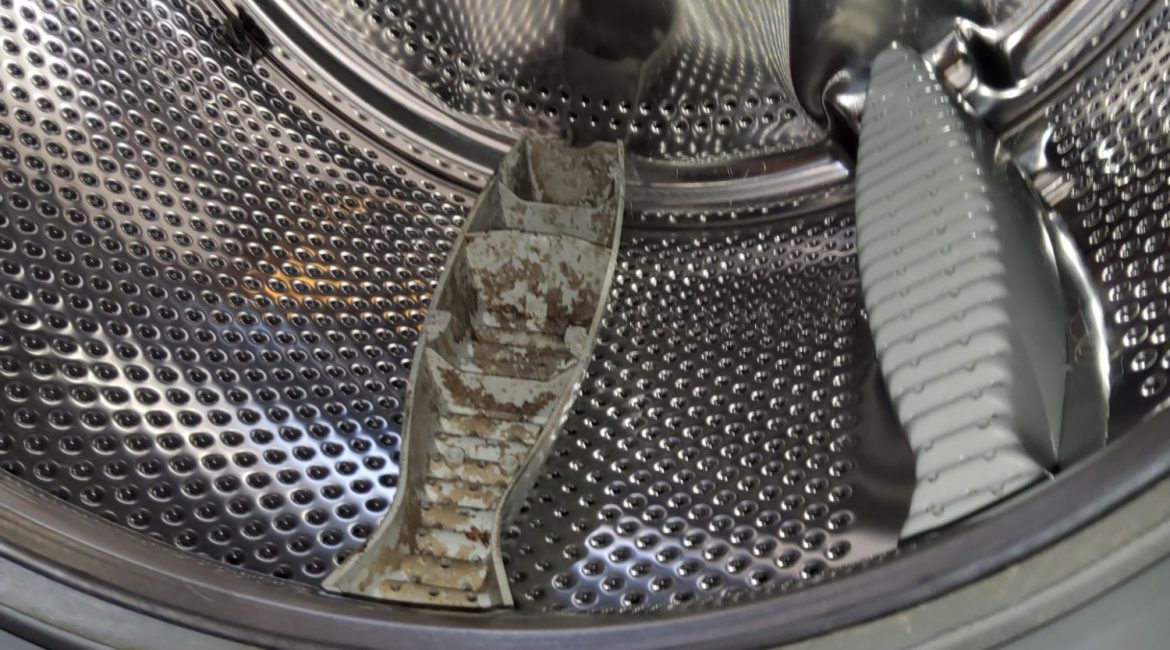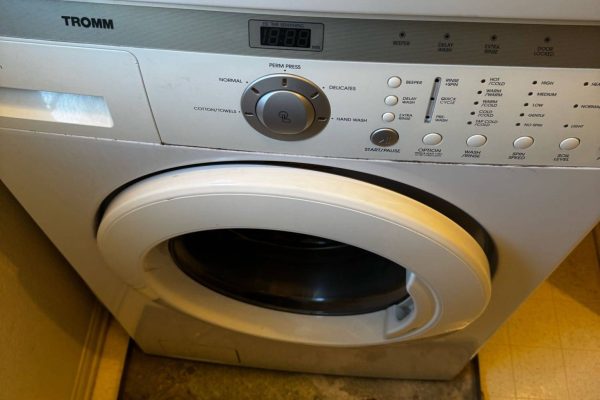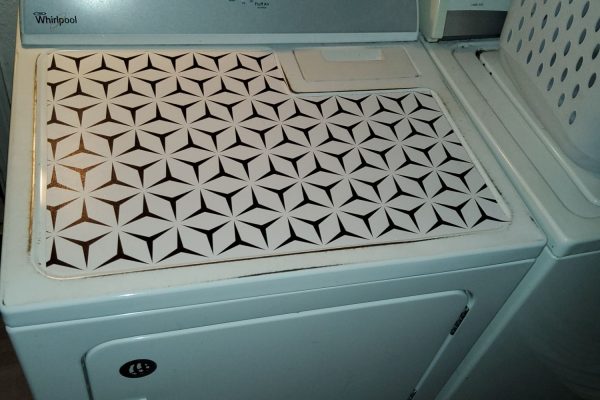A washing machine that won’t spin can disrupt your laundry routine and lead to soaking wet clothes that are nearly impossible to dry. Whether the drum doesn’t move at all or turns sluggishly, this issue often indicates a deeper mechanical or electrical problem. Fortunately, most causes can be identified—and many resolved—by understanding how your washer works and where things might be going wrong.
Common Causes of a Non-Spinning Drum
1. Unbalanced Load
One of the simplest explanations is an unbalanced load. Washing one heavy item—like a rug or blanket—without balancing it with other garments can cause the drum to go off-kilter. Modern washing machines often detect this and stop spinning to prevent damage.
Solution: Redistribute the load and try running the spin cycle again.
2. Clogged or Faulty Drain Pump
If the water can’t drain properly, the washer won’t spin. A clogged or malfunctioning drain pump prevents the drum from completing its cycle, leaving clothes wet.
Solution: Check the drain hose and filter for blockages. If the pump is defective, it may need to be replaced.
3. Broken Drive Belt
The drive belt connects the motor to the drum. If it slips, stretches, or breaks, the drum won’t spin at all.
Solution: Unplug the machine, remove the rear panel, and inspect the belt. If damaged or loose, replace it.
4. Lid Switch or Door Lock Malfunction
For safety, washing machines are designed not to spin unless the lid or door is securely locked. If the switch is faulty, the machine won’t proceed to the spin cycle.
Solution: Test the lid or door switch with a multimeter. If it’s not working, replacing it should restore spinning functionality.
5. Worn-Out Motor Coupling
In top-loading washers, a motor coupling connects the motor to the transmission. Over time, this plastic and rubber component can wear out due to regular use.
Solution: If you hear the motor running but the drum isn’t spinning, the coupling may be broken and needs replacement.
6. Faulty Drive Motor
The drive motor itself could be malfunctioning. Signs include a humming sound without movement or a burning smell.
Solution: A technician should diagnose and test the motor. If it’s burnt out, it will need to be replaced.
7. Control Board or Timer Issues
In newer washers, electronic control boards regulate the spin cycle. A glitch or damage to this component can interrupt the process.
Solution: If the washer isn’t responding correctly despite working mechanical parts, a control board or timer replacement may be required.
8. Shock Absorber Failure (Front-Loaders)
Worn-out shock absorbers can lead to excessive drum movement or prevent the machine from spinning correctly due to imbalance detection.
Solution: Replace worn shocks in pairs to restore drum stability.
DIY vs. Professional Help
While minor fixes—like adjusting an unbalanced load or cleaning the drain filter—can be handled at home, many internal repairs involve safety risks and require experience. Attempting to disassemble electrical or mechanical components without training can lead to further damage or injury.
Preventative Tips
- Avoid overloading your washer.
- Clean the drain filter and hose monthly.
- Use high-efficiency detergent to prevent residue build-up.
- Inspect and replace worn parts like belts before total failure.
If your washing machine drum won’t spin, don’t panic. The issue could be as simple as an unbalanced load—or as complex as a failed motor. Understanding the common causes helps you know what steps to take. But when in doubt, turn to the professionals.
Let the experts handle it. Contact Poway Appliance Repair Service Center today for reliable, same-day washing machine diagnostics and repairs. We bring years of experience, fast service, and peace of mind straight to your laundry room.
Contact us


